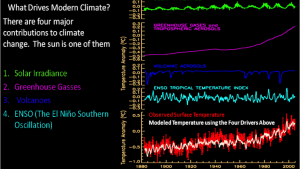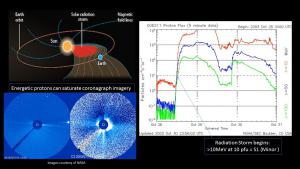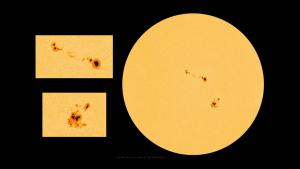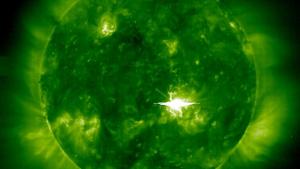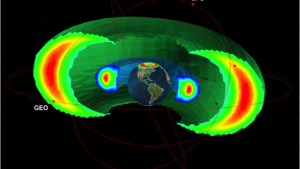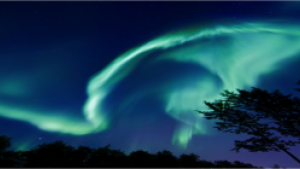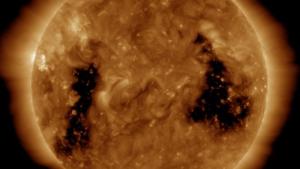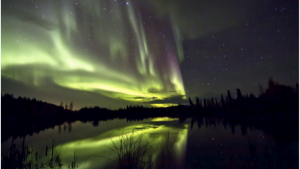The use of single and dual frequency radio navigation systems, like GPS, has grown dramatically in the last decade.
NOAA Scales mini
Navigation: Low-frequency navigation signals degraded for brief intervals.
phenomena
All weather on Earth, from the surface of the planet out into space, begins with the Sun.
Sunspots are dark areas that become apparent at the Sun’s photosphere as a result of intense magnetic flux pushing up from further within the solar
Solar flares are large eruptions of electromagnetic radiation from the Sun lasting from minutes to hours.
Radiation belts are regions of enhanced populations of energetic electrons and protons surrounding the Earth in space.
The Aurora Borealis (Northern Lights) and Aurora Australis (Southern Lights) are the result of electrons colliding with the upper reaches of Earth’
Coronal holes appear as dark areas in the solar corona in extreme ultraviolet (EUV) and soft x-ray solar images.
Geomagnetic storms are fluctuations in the Earth's magnetic field, caused by changes in the solar wind and interplanetary magnetic field.

